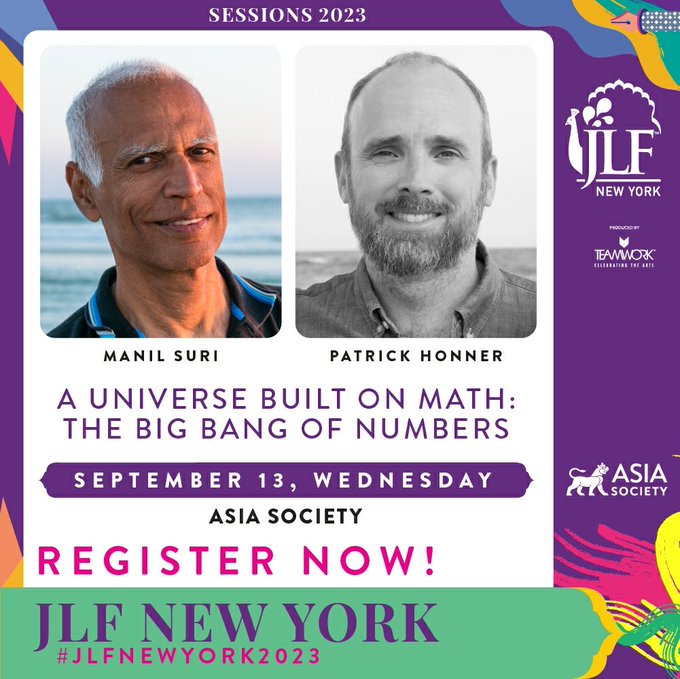Here’s a selection of books that made an impact on me in 2023.
Superforecasting tells the story of psychologist Philip Tetlock’s project to systematically evaluate the predictions of experts. What exactly does an advisor mean when they tell the President that a military operation has a “good chance” of being successful? It wasn’t so long ago that no one thought to even ask such a question, and as Tetlock shows, the consequences couldn’t be more real. Tetlock’s work led to the development of the Good Judgement project, a forecasting competition designed to identify the characteristics of “superforecasters”, individuals with a quantifiable talent for predicting how world events will unfold. It’s a great book, and one I was partly inspired to read because of my involvement in a student forecasting tournament based on the Good Judgement project (where our students took first and second place overall!)
I finally read The Lady Tasting Tea, by David Salsburg, which had been on my list for a while. It’s an excellent history of the development of statistics, told through fascinating characters and interesting anecdotes. It immediately joined my student lending library, and it also took second place on the list of statistics book I’ve learned the most from (to be fair, it’s first on the list of books I’ve learned from by reading it rather than writing it). It’s full of fun little details, like this quote I shared with my linear algebra class the very day I read it.
Manil Suri’s The Big Bang of Numbers was a highlight of my year, both because it’s a unique book that tells a whimsical origin story of mathematics full of insight, humor, and even spirituality, and also because I had the privilege to interview Manil Suri at the Jaipur Literature Festival this past year (video here).
Made to Stick, by Chip and Dan Heath, is the book that I’ve been thinking most about as a teacher this year. Why do silly ideas go viral while important ideas struggle to take hold? It’s a question every teacher should consider, and Made to Stick offers lots to think about. Months later I’m still pondering the power of generative metaphors, story as simulation, and why people should care about duo piano. Thanks to my (former) student Satvik for the recommendation!
Atomic Habits by James Clear was another book that had been on my list, and it was a worthwhile read even if confirmed many previously held beliefs. A core idea of the book is very mathematical, namely that the impact of habits compound like interest in a bank account, generating exponential (hopefully, positive) personal growth.
I feel a bit funny saying that John Fleischman’s Phineas Gage was probably the best book I read this year, seeing as its target audience is middle school students. But this infamous story of the 19th-century man who blasted a railroad spike through his brain and lived to tell about it is so vivid, engaging, and expertly contextualized in the history of science that it keeps coming up in thoughts and conversations.
In fiction, I enjoyed Susanna Clarke’s Jonathan Strange and Mr. Norrell, a fantastical history of magic in Britain told through the story of the apprenticeship-turned-rivalry of the title characters. Amor Towles’s A Gentleman in Moscow was one of the loveliest books I’ve read in a long time. And I enjoyed every moment of Elmore Leonard’s Get Shorty. Leonard also authored the stickiest advice I read in 2023: don’t write the parts that the reader skips.
In addition to getting back to my year-end lists (sorry, 2022) I’ve been trying to be more active on Bookwyrm, the ActivityPub-based social network dedicated to reading and reviewing. You can find me there at phonner.
And thanks, as always, to the (shamefully underfunded) Brooklyn Public Library for making it so easy to read this year and every year.
Related Posts






